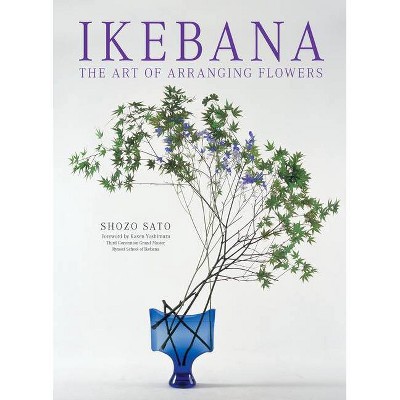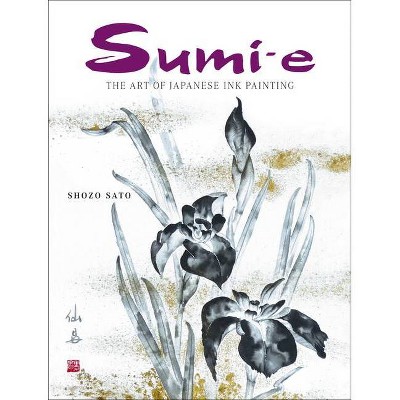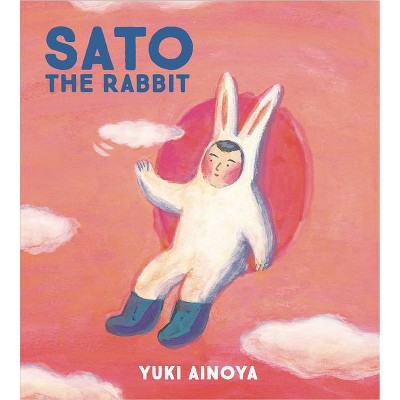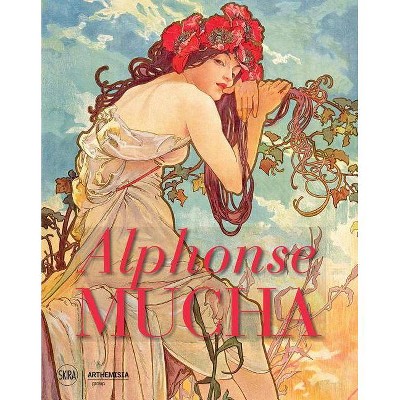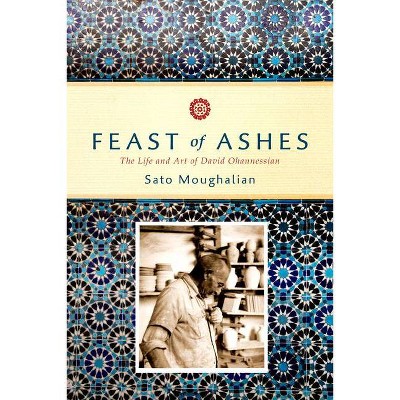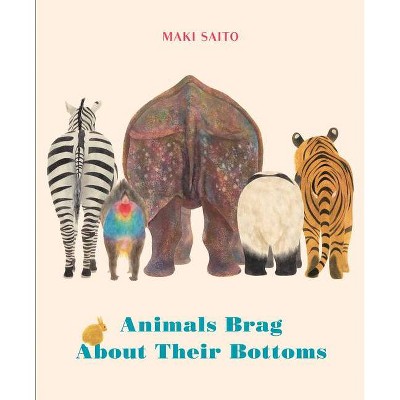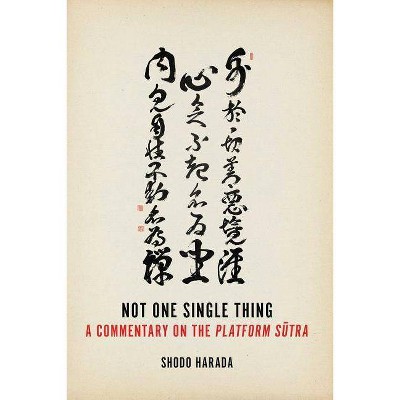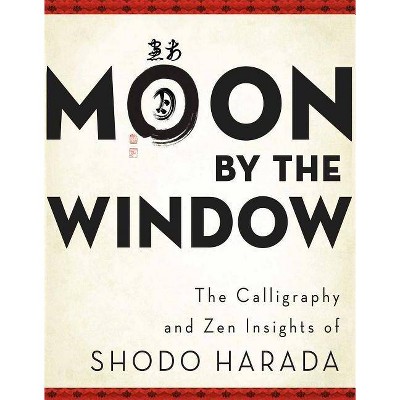Shodo - by Shozo Sato (Hardcover)
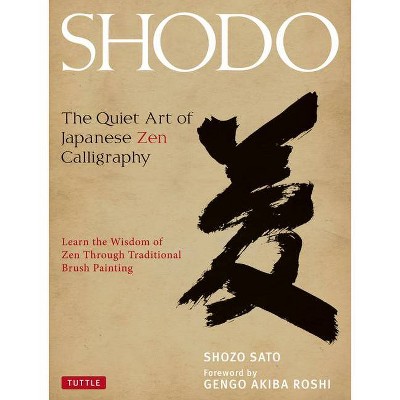
Similar Products
Products of same category from the store
AllProduct info
<p/><br></br><p><b> Book Synopsis </b></p></br></br><b>In this beautiful and extraordinary zen calligraphy book, Shozo Sato, an internationally recognized master of traditional Zen arts, teaches the art of Japanese calligraphy through the power and wisdom of Zen poetry.</b> <p/>Single-line Zen Buddhist koan aphorisms, or <i>zengo</i>, are one of the most common subjects for the traditional Japanese brush calligraphy known as <i>shodo</i>. Regarded as one of the key disciplines in fostering the focused, meditative state of mind so essential to Zen, <i>shodo</i> calligraphy is practiced regularly by all students of Zen Buddhism in Japan. After providing a brief history of Japanese calligraphy and its close relationship with the teachings of Zen Buddhism, Sato explains the necessary supplies and fundamental brushstroke skills that you'll need. He goes on to present thirty <i>zengo</i>, each featuring: <br><ul><li>An example by a skilled Zen monk or master calligrapher</li><li>An explanation of the individual characters and the Zen koan as a whole</li><li>Step-by-step instructions on how to paint the phrase in a number of styles (Kaisho, Gyosho, Sosho)</li></ul>A stunning volume on the intersection of Japanese aesthetics and Zen Buddhist thought, <i>Shodo: The Quiet Art of Japanese Zen Calligraphy</i> guides both beginning and advanced students to a deeper understanding of the unique brush painting art form of <i>shodo</i> calligraphy. <p/><b>Shodo calligraphy topics include: </b><ul><li> The Art of Kanji</li><li> The Four Treasures of Shodo</li><li> Ideogram Zengo</li><li> Students of Shodo</li></ul><p/><br></br><p><b> Review Quotes </b></p></br></br><br>An extraordinary book! Art and wisdom poised on the tip of a brush. --<b>Lee Gurga, Editor, <i>Modern Haiku Press</i></b><br><br>Both Zen Buddhism and the art of calligraphy can seem impenetrable to newcomers. Even the nuances of how to hold a brush can form an insurmountable obstacle without proper training. However, Shozo Sato's <i>Shodo, The Quiet Art of Japanese Zen Calligraphy</i> synthesizes these challenging fields into an easily digestible and visually stunning volume...<i>Shodo</i> is a perfect coffee table book for those wanting to learn more about calligraphy, and dip their brushes into the world Zen. <b>-- <i>Kyoto Journal</i></b><br><br>More than a primer on shodo, this book gives a thorough discussion of the practice of calligraphy as well as insight into the mindset and understanding required for writing zengo. Therefore, it should be seen as fitting into a long line of excellent publications that bring the often baffling teachings of Zen to a wide English-speaking audience. --<b>Janice Katz, Ph. D., Roger L.Weston Associate Curator of Japanese Art, Art Institute of Chicago</b><br><br>This book is a gift for the mind and the eyes. Thoughtful commentary provokes an ongoing consideration of the meanings of the Zen phrases, while the brilliant inclusion of calligraphic how-to educates the eyes on how to follow the lines of ink in the original free-flowing gestures of the brush. I know I will return to this book again and again. --<b>Christy A. Bartlett, Director, Urasenke Foundation San Francisco</b><br><br>This book SHODO - The Quiet Art of Japanese Zen Calligraphy - can be enjoyed two ways. One is to start and to practice Calligraphy, and two is as an introduction to Zen philosophy. Oh, and for those who are interested in both. --<b><i>Iromegane.com</i> blog</b><br><br>When complimented by an understanding of the literal, poetic, and philosophical meaning of the words, looking at Japanese calligraphy can be an exciting aesthetic and intellectual experience. It is with this goal in mind, of unlocking meaning and relevance to the non-Japanese speaker, that Shozo Sato presents his latest publication <i>Shodo: The Quiet Art of Japanese Zen Calligraphy</i>. --<b>Deborah Clearwaters, Director of Education and Interpretation, Asian Art Museum San Francisco</b><br><p/><br></br><p><b> About the Author </b></p></br></br><b>Shozo Sato</b> is a master of traditional Zen arts, and has received the Order of Sacred Treasure from the Emperor of Japan for his contributions in teaching Japanese traditions. <i>His areas of expertise include</i> ikebana (flower arranging), chanoyu (tea ceremony), and Japanese theater as well as sumi-e (ink painting). He conducts workshops on ikebana and sumi-e throughout the U.S., Asia and Europe and is the author of numerous books including <i>Tea Ceremony, Shodo: The Quiet Art of Japanese Zen Calligraphy</i> and <i>The Art of Sumi-e</i>. He was the founding director of Japan House at the University of Illinois, where he is Professor Emeritus and continues to teach Japanese arts. Shozo Sato resides in Champaign, IL.
Price History
Price Archive shows prices from various stores, lets you see history and find the cheapest. There is no actual sale on the website. For all support, inquiry and suggestion messagescommunication@pricearchive.us
